Innovation | Behind the invention
Dyson’s conducts its largest global hair study, revealing misconceptions around hair damage and unhealthy styling habits
Dyson’s Global Study builds on our engineering team’s decade of hair science knowledge, providing a deeper insight into consumer styling habits and attitudes.
Dyson announces the results of its global hair study[1] that investigates consumer attitudes, global hair profiles, hair health perceptions, and styling habits. Understanding hair types and maintaining hair health sits at the core of our research and development. For the past decade, Dyson engineers and scientists continue to invest in global hair laboratories across the world. We relentlessly experiment and test and deliver machines which style hair better, limiting exposure to extreme heat damage.
Our new global hair study not only builds on our deep hair science knowledge, it unlocks a better understanding of consumer habits and attitudes towards hair.
Can damaged hair be healthy hair?
The study, undertaken by 23,000 respondents from 23 markets[2] around the world revealed that 70% of people perceive that they have damaged hair. Their top concerns were dandruff, hair loss and greying hair. Interestingly, a similar percentage (67%) agree their hair is healthy, despite being damaged. Respondents from the AMERICAS’ are most likely to agree that they have healthy hair (80%), followed by EMEA (68%) and APAC (58%).
“Dandruff, hair loss and greying hair are not forms of damage, but scalp and hair growth concerns. Hair damage refers to the breakdown of the hair cuticle and cortex, which can lead to your hair looking frizzy, dull, or snapping off. The best way to achieve healthy hair is through prevention and minimising exposure to causes of damage. This includes extreme heat which makes hair weaker and more susceptible to breakage and split ends.”
-Rob Smith, Dyson Senior Principal Hair Scientist
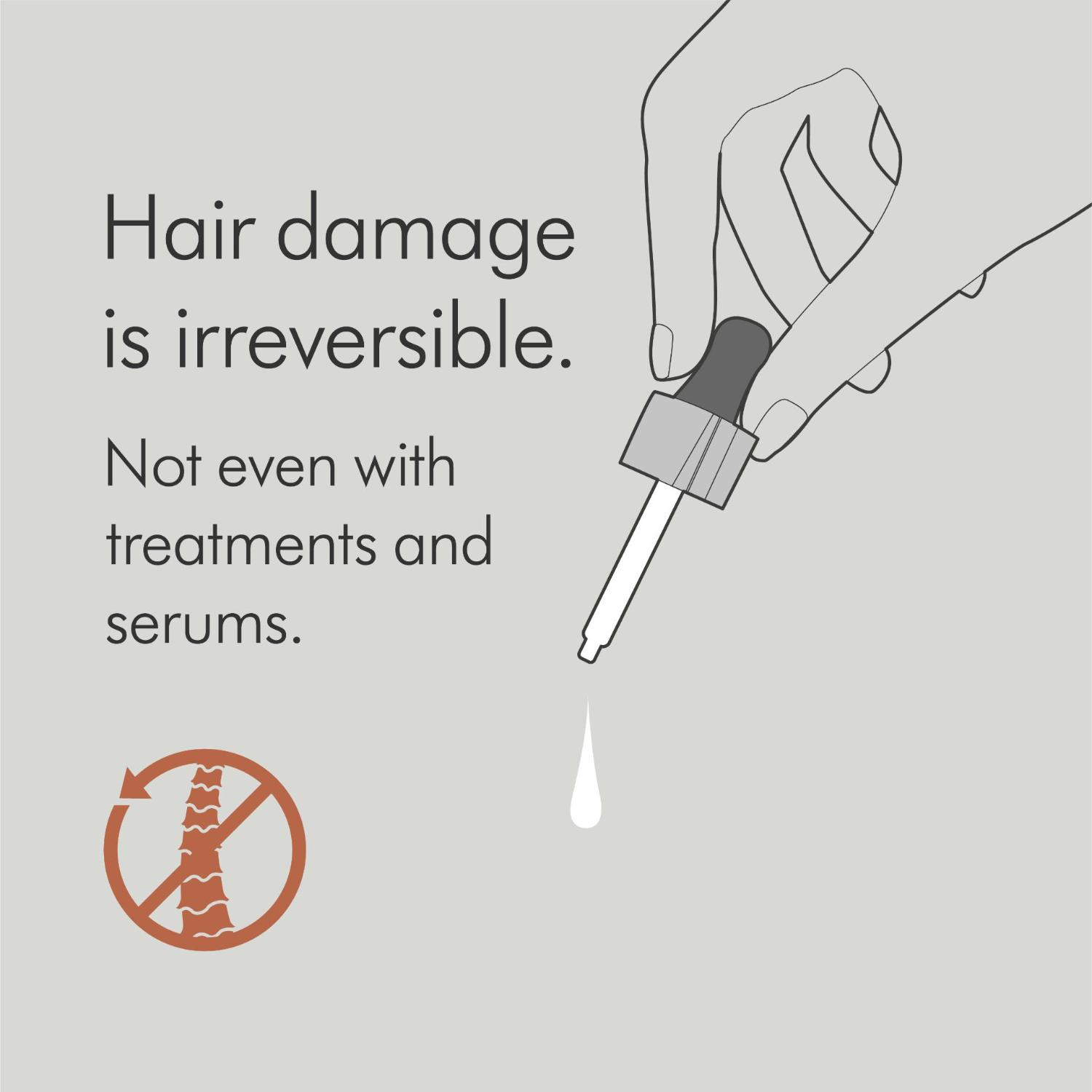
Globally, healthy hair is described as shiny (36%), smooth (29%), as well as linked to a healthy scalp (26%). Dyson’s hair science knowledge reveals that healthy hair reflects light. When hair is exposed to extreme temperatures, small pores can appear within the strands. These scatter light in all directions, decreasing shine.
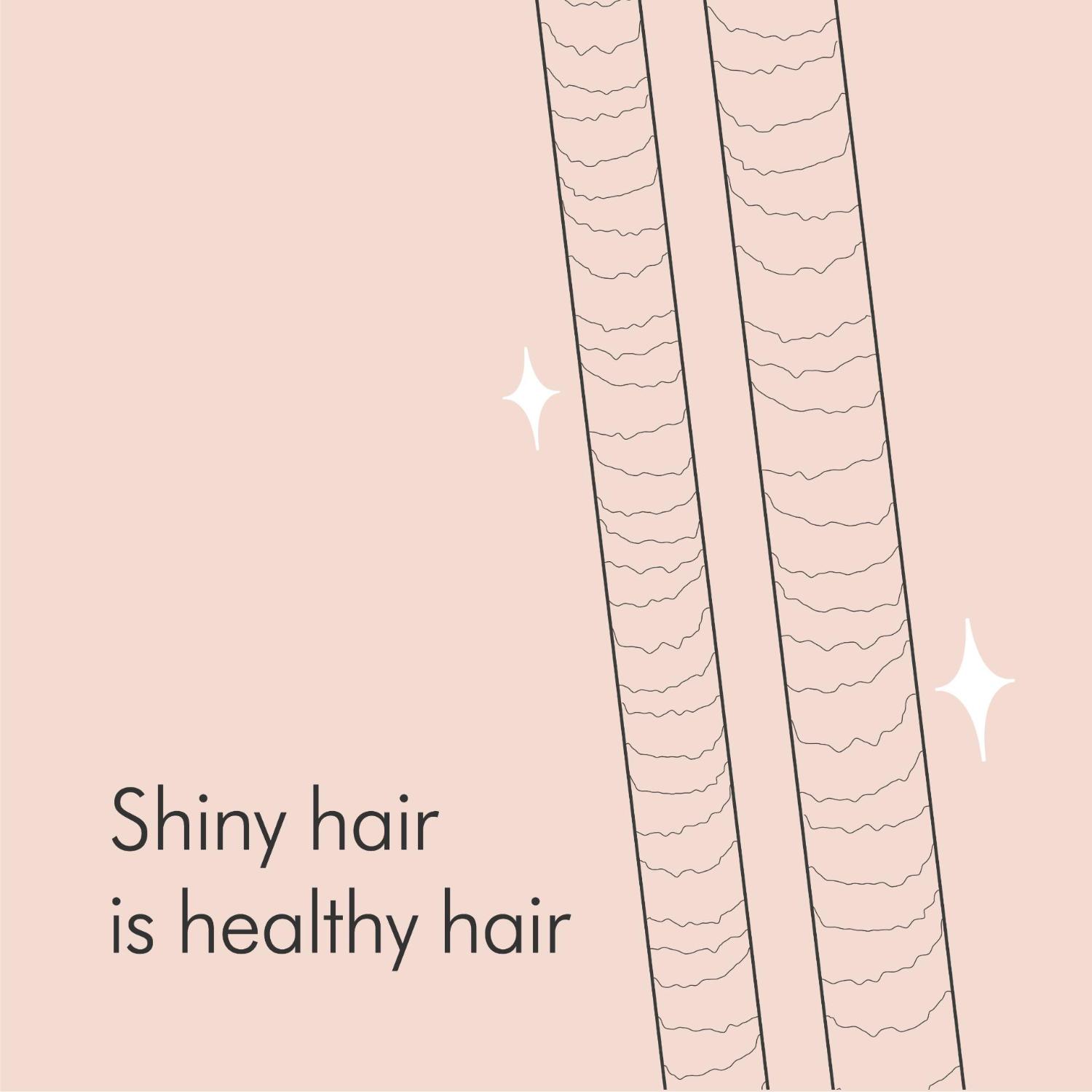
Consumers brush off post pandemic styling blues
With the pandemic a part of everyone’s lives, the study sought to understand the impact of COVID-19 lockdowns on styling behaviors, washing and styling habits, how long styles last, reasons for styling and the impact of weather on styling behavior. Due to the pandemic, 6 in 10 globally reported a change in their hair habits, however 20% returned to their usual routine. A younger demographic (18-29 year olds) say that their styling behavior changed during COVID-19 but reverted to their usual routine (20%). They wash their hair less (14%), style hair less (23%) but use more hair products (6%); compared to other age groups.
Be cautious of over-washing your hair
The study revealed that 8 in 10 respondents wash their hair every day or every two days. There is a slight tendency for washing hair in the evening, and this is most pronounced in APAC – with the highest results in Taiwan (84%) and Japan (81%). However, in the Americas, people are likely to wash their hair in the morning.
“How often you wash your hair depends on your hair type, level of activity and environment. Over-washing can be very damaging, stripping the scalp of natural oils while leaving hair dry. Generally, the greasier your hair or scalp is, the more often you can consider washing your hair. Straight hair may feel limp more easily due to oil build-up, while waves, curls and coils absorb oil and require less washing. Be gentle to your scalp, and use shampoos suited for your hair type. Be mindful to consider the pollution levels in your environment and wash off pollution from hair too, as a combination of pollution and ultraviolet elements can cause increased levels of hair damage.“
-Smith
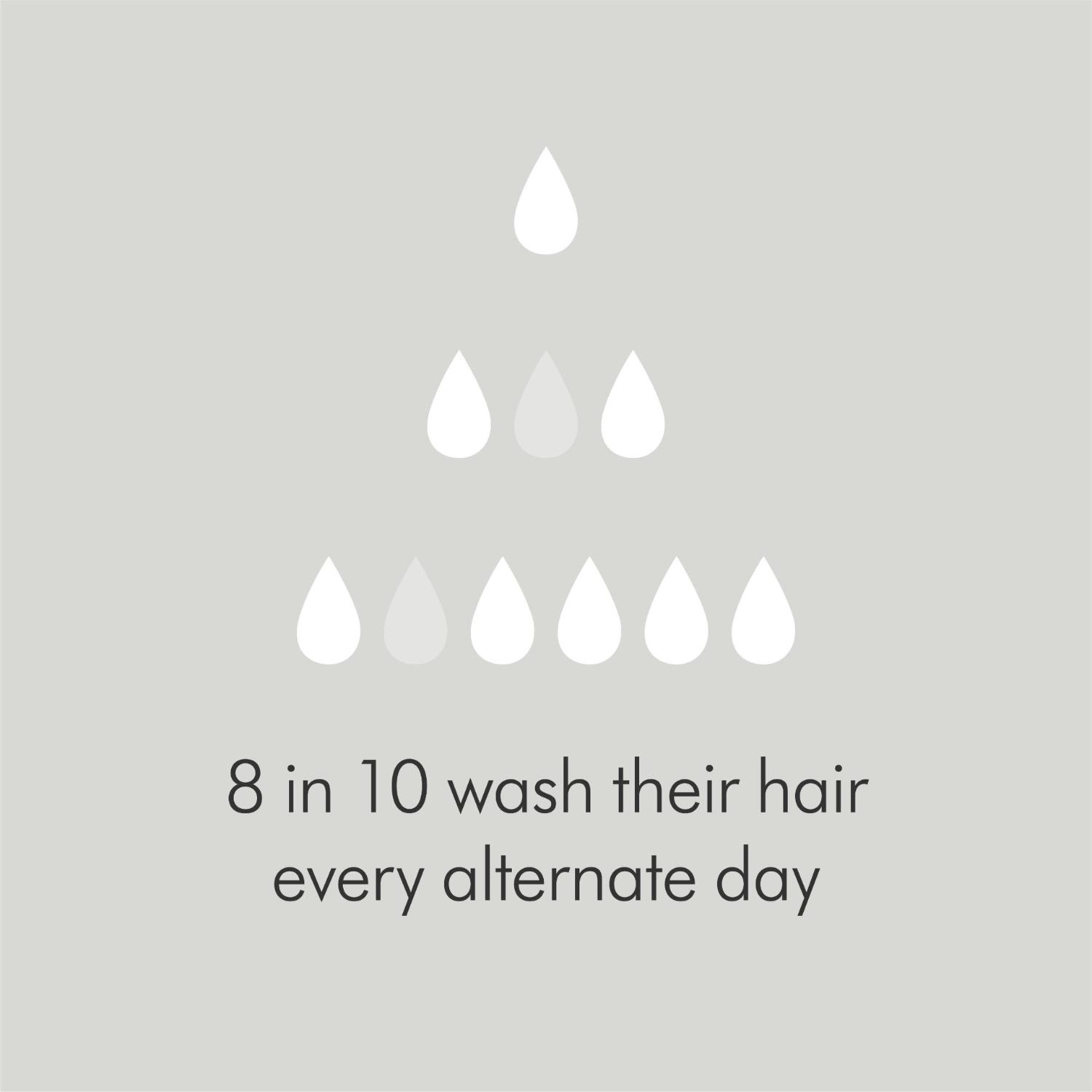
Straighter styles rule
When it comes to style, the overall preference is for straighter styles (36%), followed by middle or side partings (31%). Regardless of whether an electrical hair appliance or a styling product is used, respondents tend to style their hair in the morning, with some choosing to retouch it during the day. The most common reasons for styling hair are cited as meeting friends/going out (33%) or leaving for work (33%), with both strongly over-indexing in APAC (41% and 43% respectively). However, always styling hair is more of a habit in the Americas and EMEA.
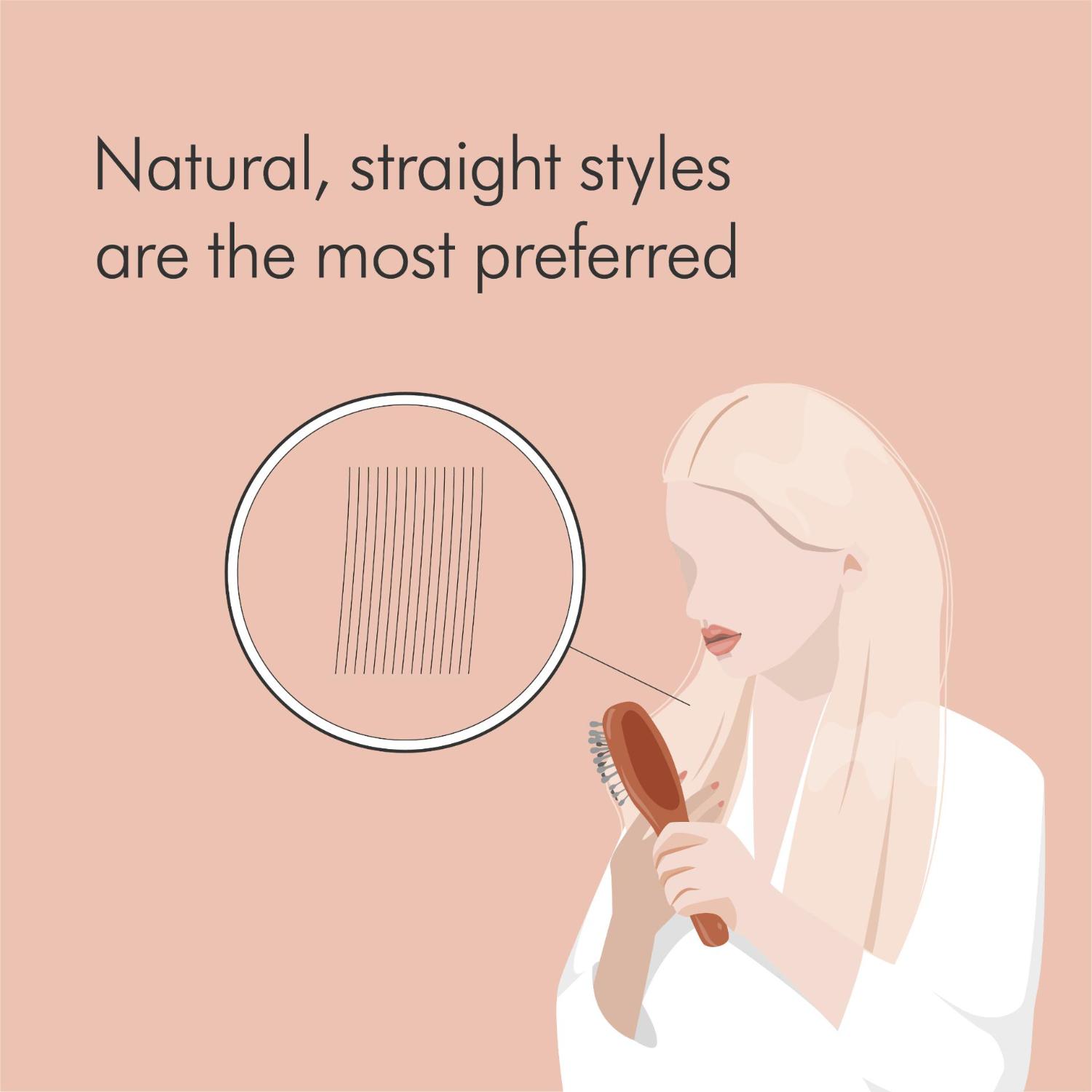
Most used styling products vs frequency of usage
Standard conditioner is the most used hair product, with around half of respondents in all regions using this. The second topmost used hair product is hair serum/oil (43%), which over-indexes in APAC but is lowest in EMEA. In the third spot is hair holding products/spray (global 39%) where the Americas over-index (44%).
Frequency of usage was also surveyed and this revealed that hair holding spray, moisturising products, shine enhancers and standard conditioners are the hair products used most frequently, at least 3-4 times a week. Across all products, usage is higher in APAC and Americas and lowest in EMEA. Most products are also used before styling.
Haircare for men
The global hair study also shed some light on the hair habits of men. Some differences from women - men are more likely to wash their hair every day (49% vs. 32%) and wash their hair in the morning (38% vs. women 33%). They are also more likely to describe their hair as not damaged compared to women (35% vs. 24%). When it comes to styling, men generally style their hair in the morning and the top reason for styling is to head to work (men 38% vs. women 33%).
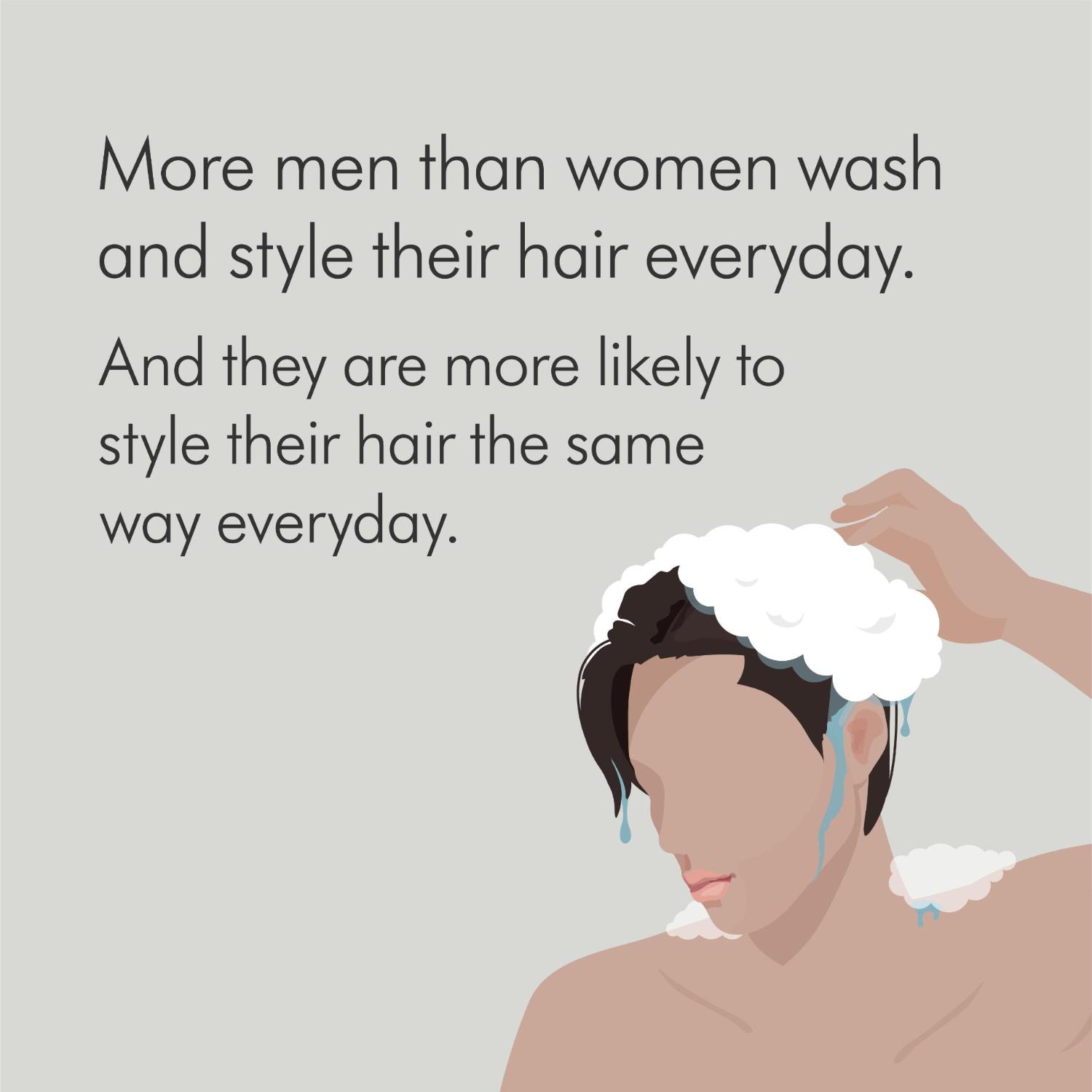
An interesting finding is that although women are more likely to own or use more styling products compared to men, men use theirs more frequently. Women over-index in using heat protect product before styling (83%) while men over-index in using heat protect product after styling (48%). This higher frequency goes hand-in-hand with men being less concerned about heat damage (50% vs 62%). They are also less likely to be the sole users of their electrical devices (49% vs. 63%) and are also more likely to use someone else’s products (8% vs 3%).
All about hair
ABOUT THE DYSON GLOBAL HAIR STUDY 2022
The Dyson Global Hair Study 2022 is a 21-minute online interview undertaken by 23,000 respondents across 23 markets – United States, Canada, United Kingdom, Ireland, France, Italy, Spain, Germany, Switzerland, Austria, Sweden, Russia, Turkey, Australia, Mainland China, Hong Kong SAR, Taiwan region, Japan, South Korea, Singapore, Malaysia, Thailand and Vietnam. Fieldwork was conducted between November 29, 2021 – December 21, 2021.
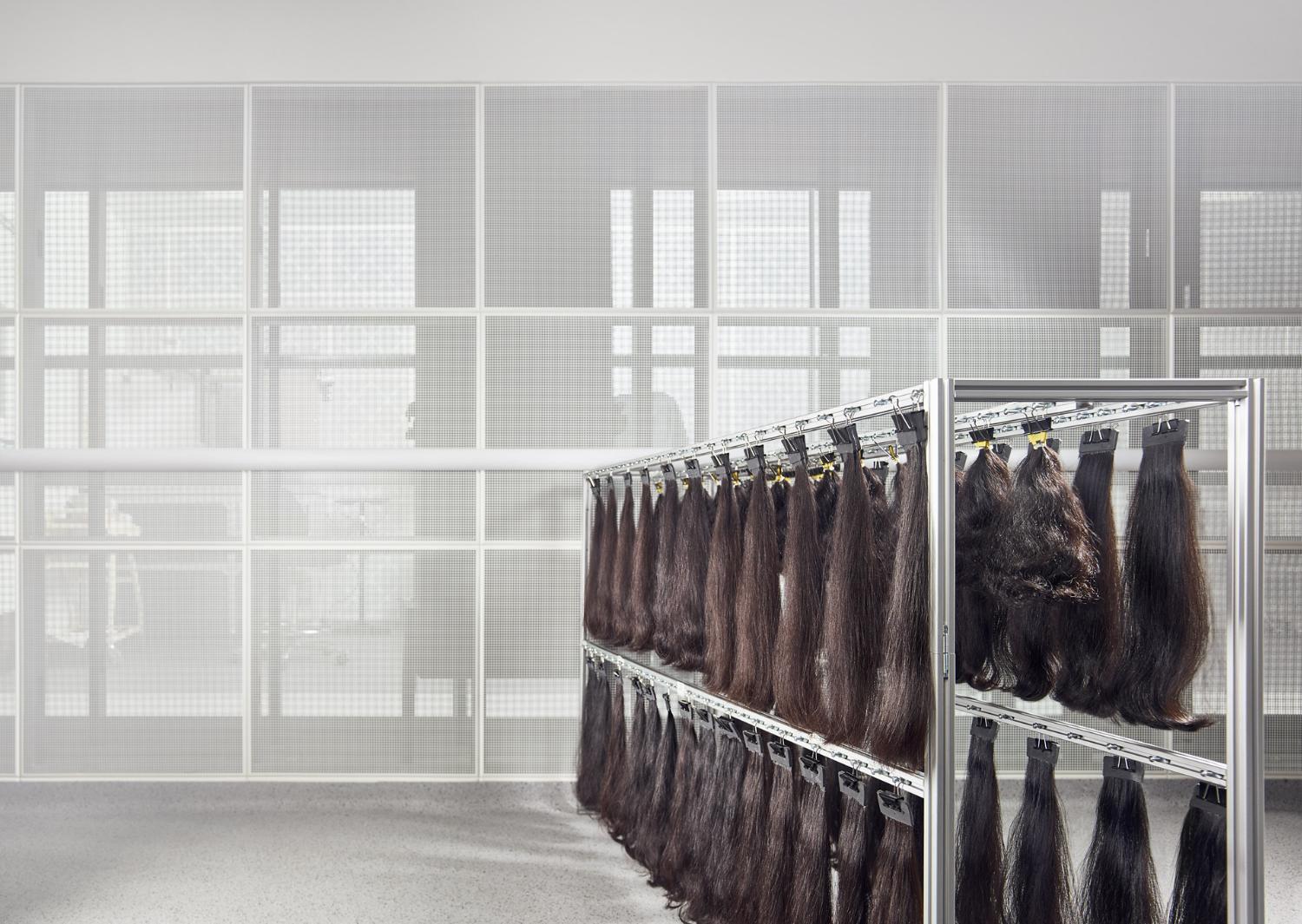
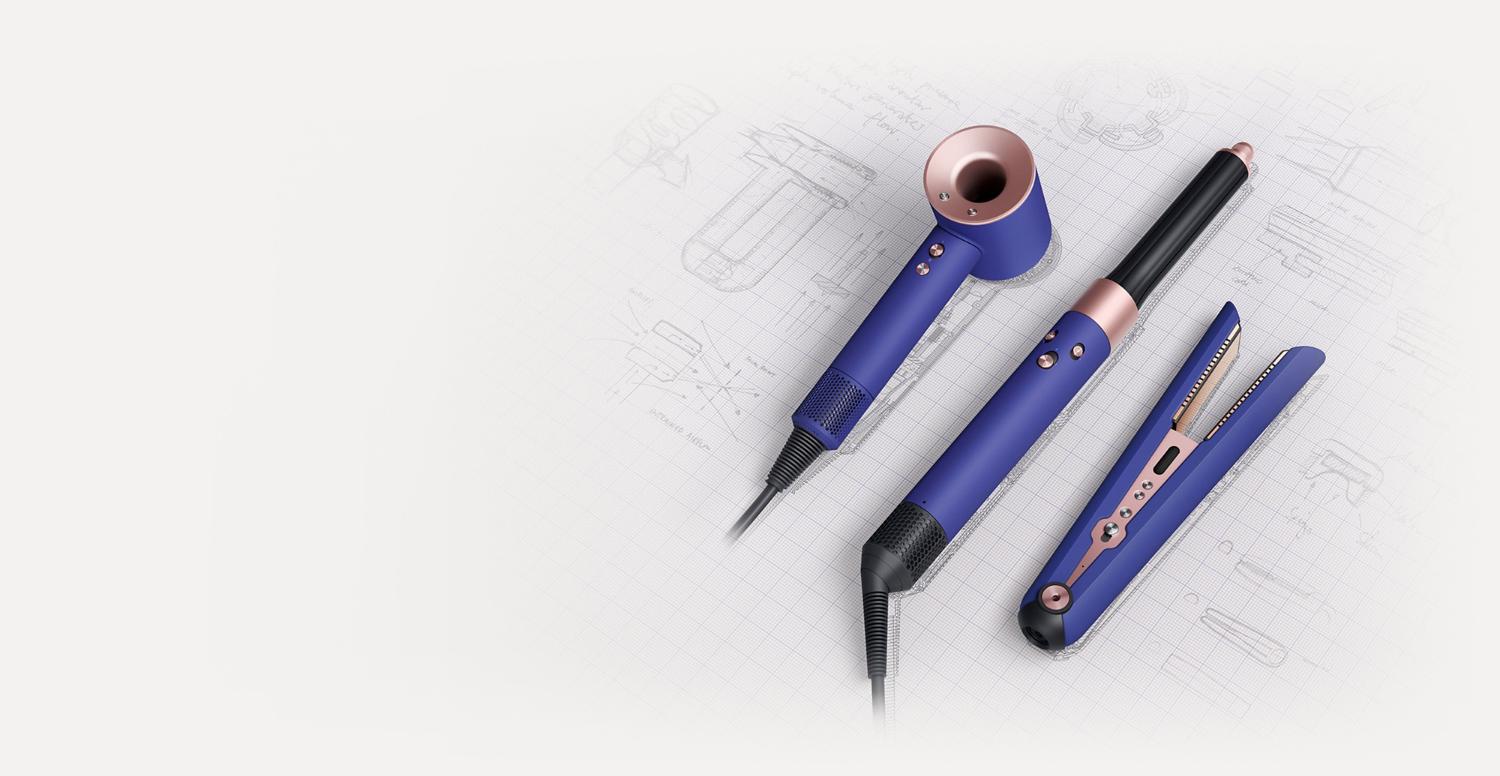
Discover Dyson
Visit the archive
Press contacts
United Kingdom
- Email us at press.office@dyson.com
Social media
- Facebook: facebook.com/dyson
- Instagram: @dyson, @dysonbeauty, @dysonwear
- Twitter: @askdyson
- YouTube: youtube.com/dyson
- LinkedIn: Dyson








